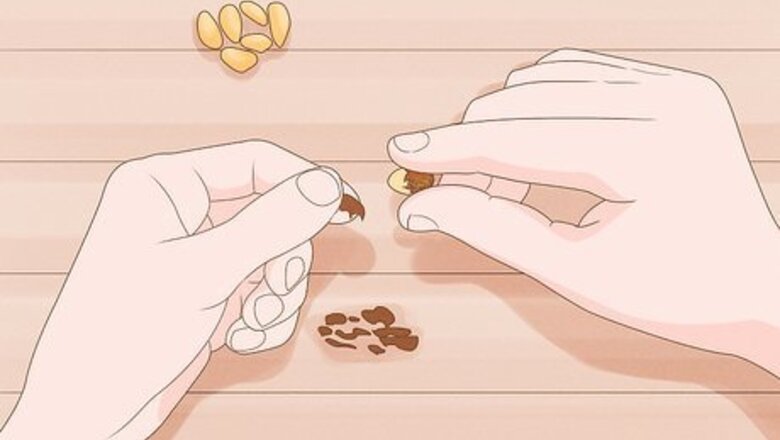
views
Germinating Cambogia Garcinia Fruit
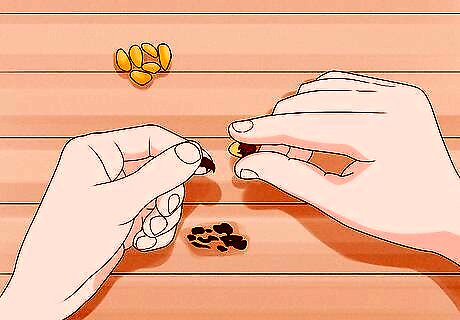
Peel the coat off the 2-inch seed to reveal its white cotyledon. Repeat for each seed you're preparing to plant.
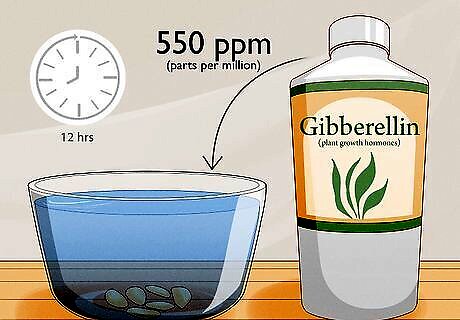
Immerse the cotyledons in a mixture of 550 ppm (parts per million) gibberellin (plant growth hormones) and water. Keep submerged for twelve hours.
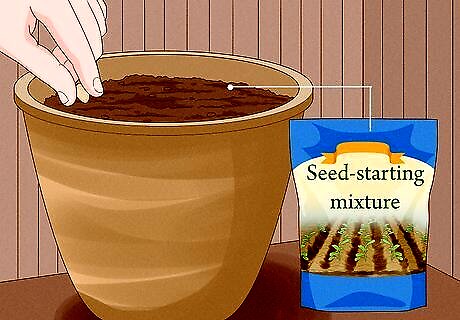
Choose a planting container that is large enough to hold the seeds. Plant each seed in the container. Plant the seeds deep in seed-starting mixture.
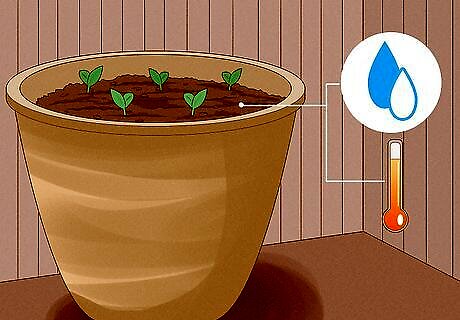
Keep the seed-raising mix damp and warm. Expect the seeds to take anywhere from 3 weeks to 3 months to germinate. Place the cotyledons in a water-based container for faster germination (this can speed up the germination process to between ten to twelve days).
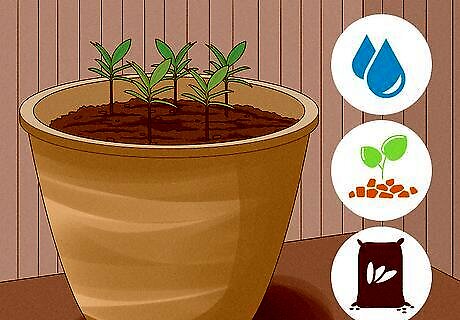
Keep the seedlings watered, mulched and fertilised once they take hold. When they are strong enough, separate and plant them in separate containers or in the garden. Expect fruit in about seven to twelve years; this is a slow process. Refer to the following section for growing the tree itself.
Planting a Garcinia Cambogia Tree
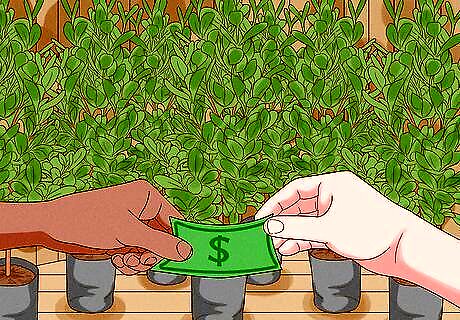
Purchase a grafted tree rather than beginning one from seed if you have the opportunity, as grafted trees can flower in three to four years. On the other hand, seedlings will take seven to twelve years before they can bear fruit.
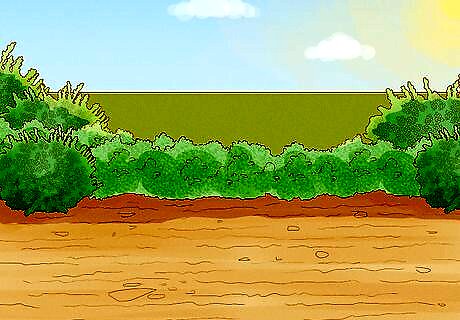
Select the gardening site. Opt for a protected location that has full sun with sandy soil. (See "Tips" below for soil hints.)
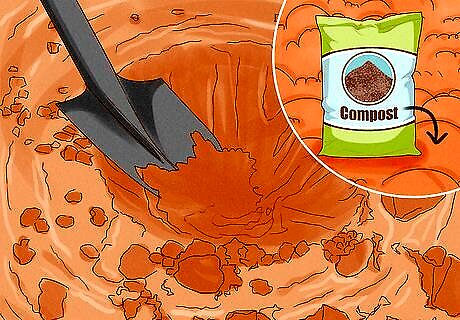
Dig a hole sufficiently deep for taking the tree's roots. Blend ten pounds of composted manure into the soil.
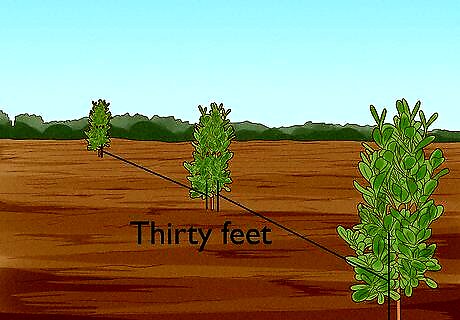
Plant the Cambogia tree thirty feet from the other trees. When planting, ensure that its graft union is not over one or two inches higher than the bottom.
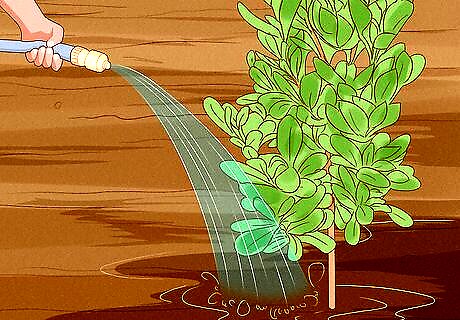
Water it well.
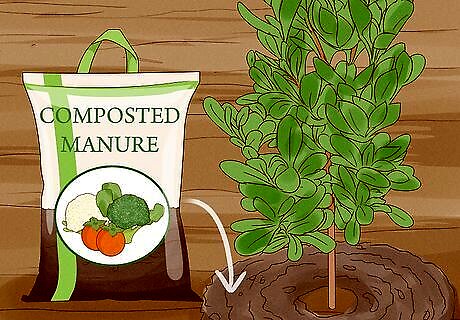
Feed the tree another ten pounds of composted manure later within the year of planting. Increase the amount of manure it receives little by little, until the fully grown tree is being given around one hundred pounds per year.
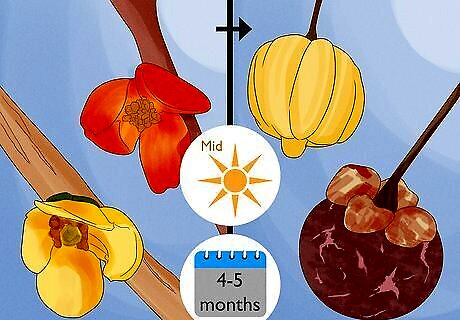
Know the fruiting cycle of your Cambogia. It will produce its four-petal red or often yellow flowers in late winter or early spring. This will be followed by its apple-sized yellow or red fruit four or five months later, in mid-summer. Expect those fruits to fall after they are have ripened, at which point you can harvest them and enjoy their nutritional benefits.












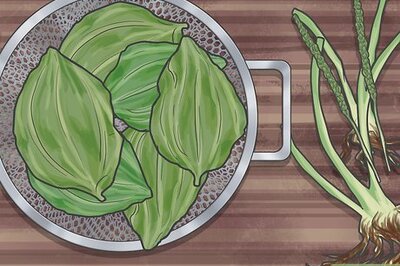






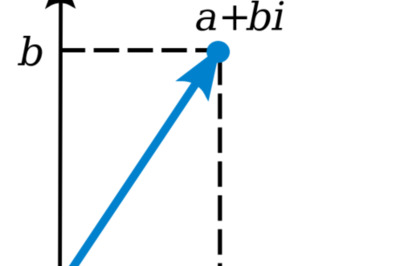
Comments
0 comment